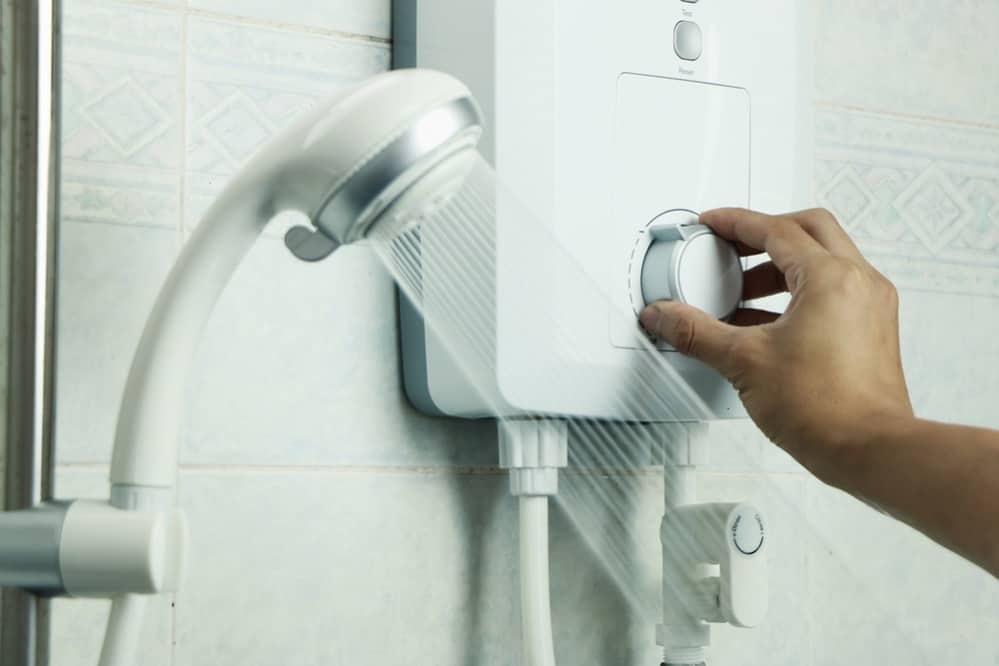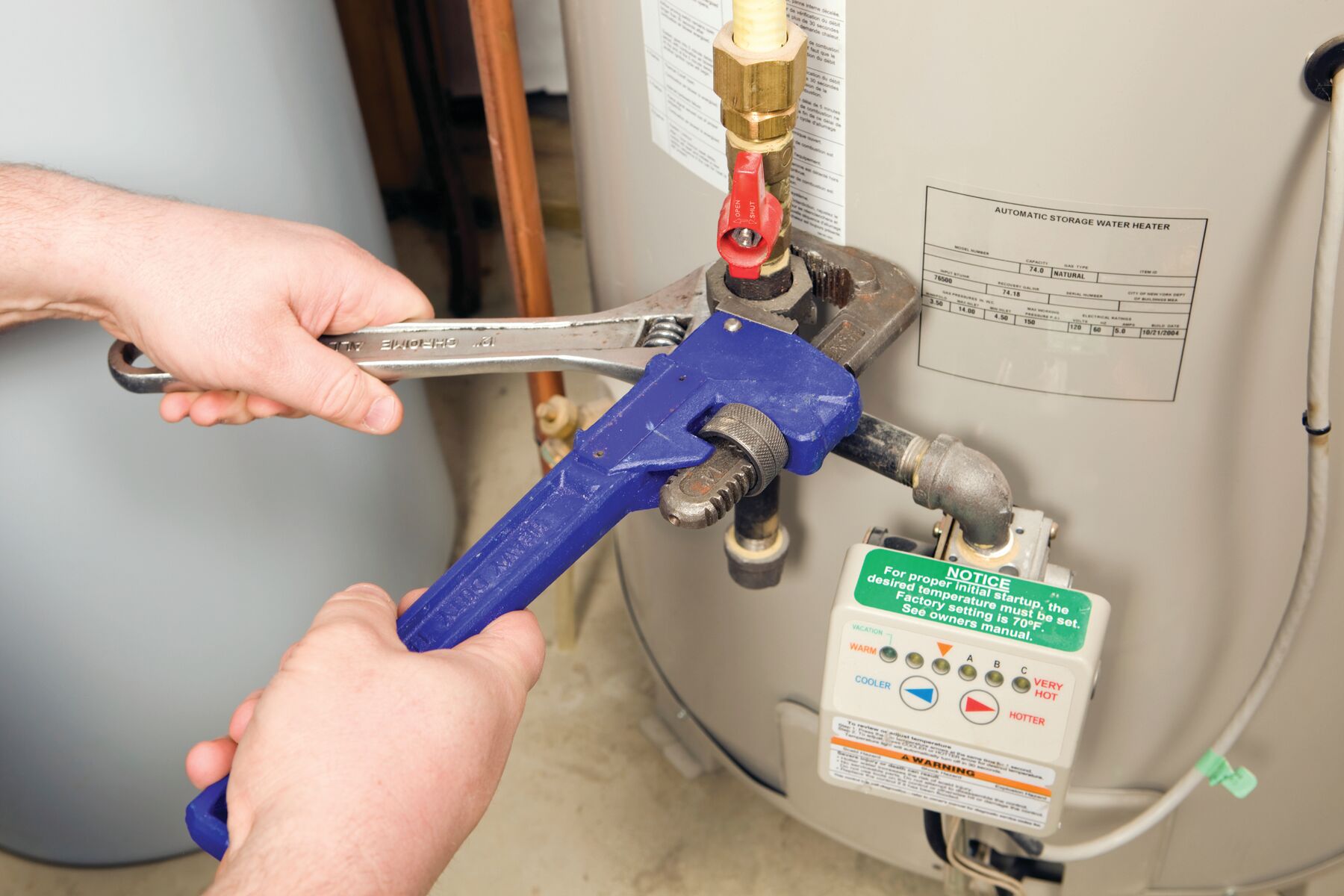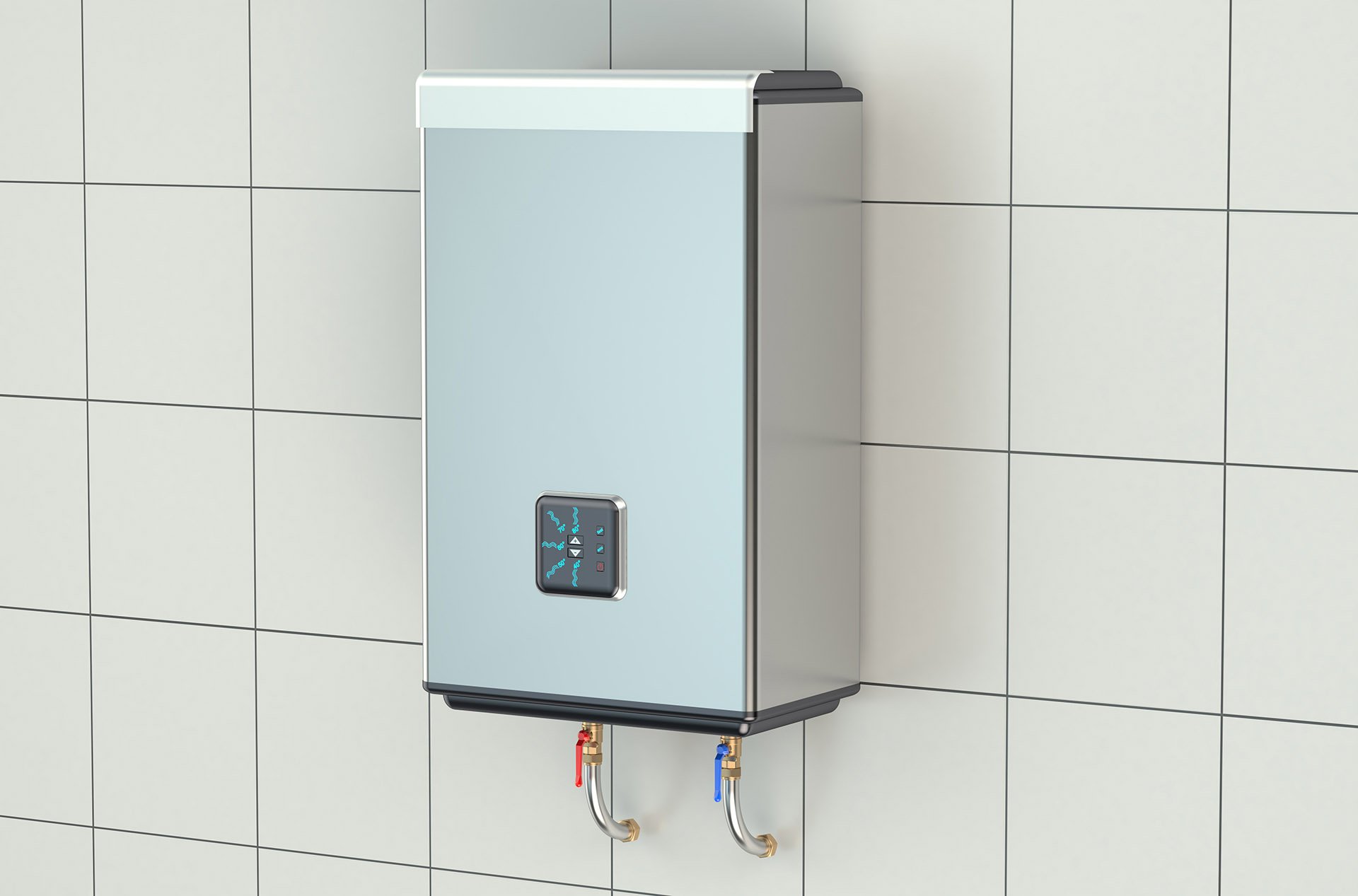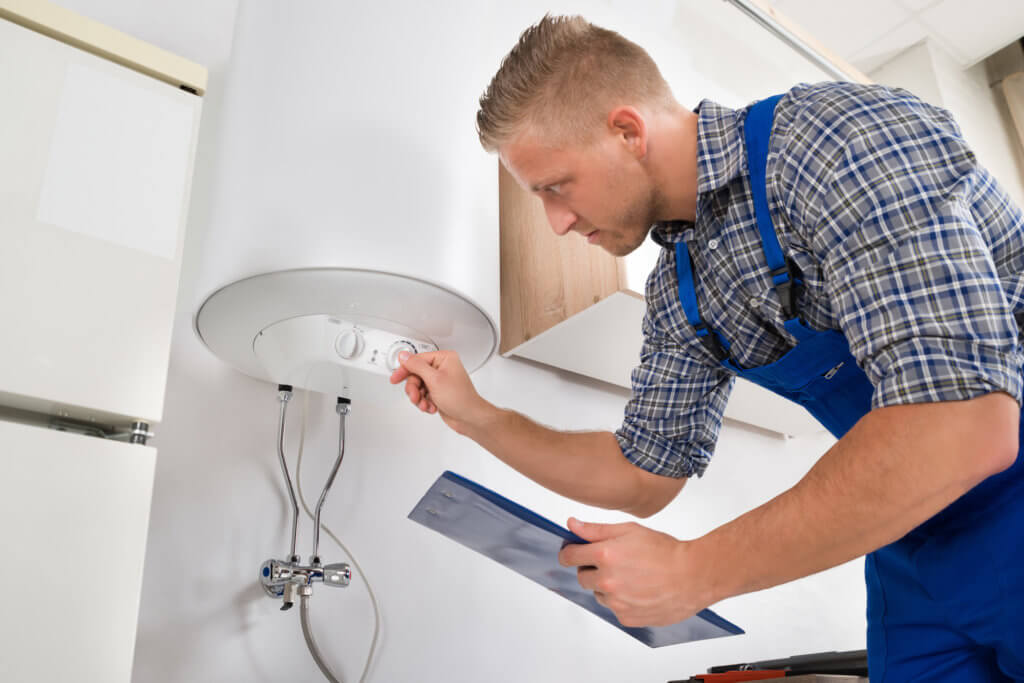A hot water heating system is a critical element for your home to ensure your family’s comfort. Fortunately, a tankless unit gets the job done while keeping the running costs down.
Such a system delivers hot water only when needed. As a result, there is little need to heat large quantities of water only to store it for later. With numerous benefits, the tankless heating system is a must-have for an efficient homeowner.
Installing a Tankless Water Heater
 In theory, you could install your brand new tankless heater with no issue at all. However, if you intend to get one up and running, you must understand some basic plumbing principles. Additionally, since the system requires immense energy to power up, electrical wiring and gas piping knowledge is a must.
In theory, you could install your brand new tankless heater with no issue at all. However, if you intend to get one up and running, you must understand some basic plumbing principles. Additionally, since the system requires immense energy to power up, electrical wiring and gas piping knowledge is a must.
Think you can do it? Here are the steps to follow when setting up a tankless water heater.
-
Uninstall the Existing Water Heating System
First of all, you’ll need to take out your old heating system and make room for the tankless unit. This is a routine procedure and relatively easy to accomplish.
In order to take out the unit, you’ll have to drain out the tank. You can do this by shutting off water flow into the reservoir. Then, disconnect the gas lines or electric power to the older system and let out the water inside. Once empty, take out the tank and dispose of it properly.
Moreover, if you aren’t too confident in your handyman skills, it’s better to contact a professional electrician to do the wiring. Since interacting with electrical power is a notable security risk, we don’t recommend taking up the task without any prior knowledge.
-
Installing the Tankless Unit
Before you get started with installing the unit, there are a few factors to consider:
-
Installation Site
A tankless water heater is smaller since there is no need for water storage. This is beneficial since it gives you more flexibility regarding where to install it in your home.
Generally, you’ll want the heater as close to the point of usage as possible. This reduces the time taken for hot water to reach its destination outlet. If you intend to get the gas-powered tankless heater, make provisions for a vent to discharge the condensed water vapors.
A dry site free of human traffic is the ideal spot for your water heating unit. Once established, mount your tankless unit against a wall. You’ll need to drill into the walls to fit the screw mounts.
Avoid humid areas and extremely low temperatures for your heating unit to run optimally. Additionally, a vertical installation is necessary to allow the power lines and water pipes to drop into the heater. To create a suitable spot in your house, you’ll need to use a reciprocating saw.
-
Energy Prerequisites
There are two types of tankless water heaters: gas-powered and electric-powered variants. Depending on the unit you settle on, it must meet their energy requirements adequately.
Tankless heaters use a lot of gas at one go, sometimes exceeding your regular water heater. As such, you’ll have to make arrangements with your gas provider to modify the gas lines. Moreover, you will need to reconfigure the gas provision to cater to the new system.
Additionally, your electric setup also demands a little sprucing to provide the tankless unit’s energy needs. For instance, most electric tankless units require 240V power, while others work just fine with half the power.
You could consult a certified electrician to be informed regarding your power usage needs and to get the wiring set up.
-
Water Pressure
Consider your existing pipes’ recommended water flow pressure before installing the tankless unit. It is recommended to have a pressure valve installed alongside the heater to compensate for any buildup.
-
Venting
 A gas-powered water heater must have a venting system. Thankfully, manufacturers designate the venting system to be used along with the tankless system. These pipes could be made from either stainless steel or plastic tubing.
A gas-powered water heater must have a venting system. Thankfully, manufacturers designate the venting system to be used along with the tankless system. These pipes could be made from either stainless steel or plastic tubing.
Finally, once you have the energy delivery in place, a venting system where needed, and the essential plumbing fittings installed, you can then redirect water pipes into the new heater. Again, remember to use appropriate clamps for a foolproof system.
Before you activate the gas and electric power, run cold water through the system. This allows you to test for leakages and expelling air from the water pipes before firing up the heating unit.
-
Test the Water Heater
At this stage, you should have a mounted tankless unit with water flowing seamlessly through the system.
After rechecking your electrical connections, power up the system and open a hot water outlet in your house. The, allow the water temperature to become constant and adjust as needed.
Why Do You Need a Tankless Water Heater?
A tankless water heater is excellent for homeowners, since they get to enjoy fast hot water delivery as well as an efficient heating process.
-
Hot Water on Demand

Most tankless units are smaller compared to conventional water heaters. They do not store hot water for later use and only deliver it when required. Therefore, a household with a tankless unit installed can certainly save on energy costs.
-
Tankless Units Store a Lot Less Water
Since the tankless heater is relatively smaller, water is usually pushed inside and heated before being directed to hot water outlets in the house. Such a setup with a 5-gallon output is pretty small and an interior designer’s dream.
-
Energy Savings
Storage water heaters are subject to immense heat losses when there is no hot water in use. A tankless system, on the other hand, only heats water when you need it without having to store it. This takes away the need for reheating cooled water and hence consuming additional energy.
Conclusion
The installation process is quite hectic and demands a lot of time to set up. There are dozens of screw mounts, nuts, and bolts to get around. Wrenches and drills are just some of the tools and supplies needed to get the job done. Additionally, technical know-how is required to connect the heating unit successfully.
Homeowners with minimal know-how on plumbing, electrical wiring, and general home improvement should let the pros do their work. Handling electrical and gas appliances is risky, and a skilled workman ought to be involved.
